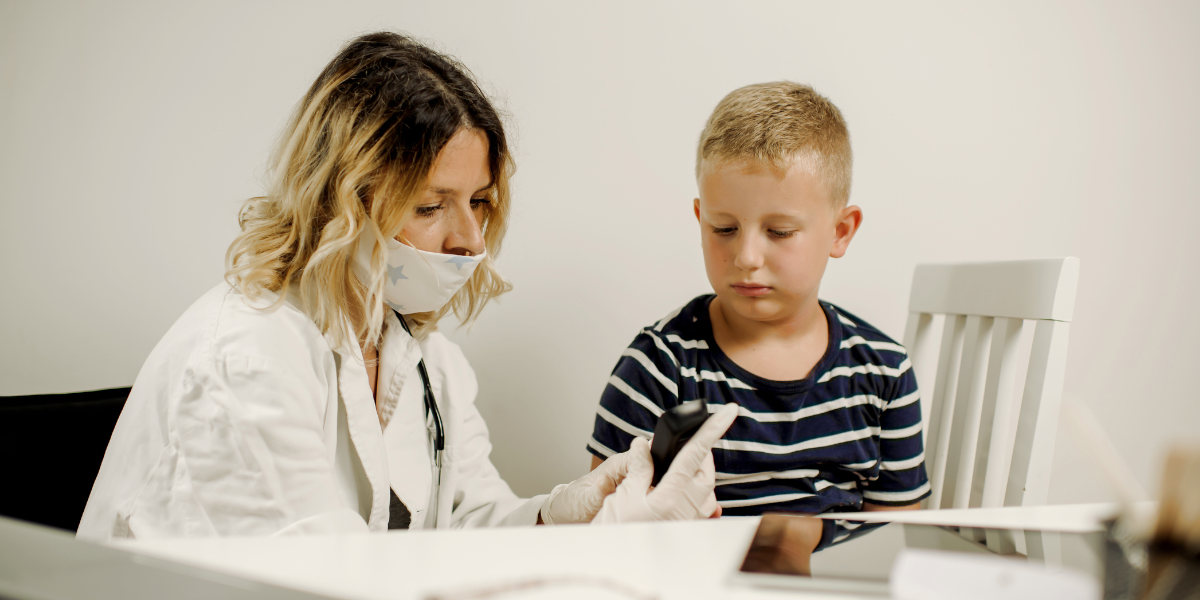New research into how bats have evolved to survive blood sugar levels which would be fatal in humans could pave the way for new treatments for conditions including diabetes.
A ‘catch and release’ study of Neotropical leaf-nosed bats found the highest naturally occurring blood sugar levels in mammals ever recorded, suggesting that bats have evolved in such a way that their bodies can cope with extremely high levels of blood glucose.
Postdoctoral Research Associate Jasmin Camacho, one of the study’s co-first authors, said: “Our study reports blood sugar levels that are the highest we have ever seen in nature – what would be lethal, coma-inducing levels for mammals, but not for bats.
“We are seeing a new trait we didn’t know was possible.”
- Mankai shown to lower post-meal blood sugar levels
- High blood pressure associated with drinking from plastic bottles
- Normalising blood sugar levels is a prevention strategy for type 2 diabetes
In humans, blood sugar regulation is important for people to stay healthy, with high blood sugar typical of diabetes. However, researchers from the Stowers Institute for Medical Research in America have found that Neotropical leaf-nosed bats appear to have developed strategies to cope with levels of blood sugar that would cause complications in humans.
The Neotropical leaf-nosed bat used to survive solely on insects 30 million years ago. However, it has evolved into lots of different species over time through dietary changes.
The many types of Neotropical leaf-nosed bat now have a diet which ranges from fruits, nectar, meat, and even just blood.
Jasmin Camacho explained: “Looking to animals that have existed for millions of years allows us to start to catalogue changes that have happened over evolution.
“What makes Neotropical leaf-nosed bats so unique to study is that this group is comprised of many different species with very diverse diets, making it feasible to find answers about how diet evolves.
“The hope is that we can extend this understanding to other mammals, including humans, where there may be ways to learn how to better protect our own health.”
The researchers spent time in the jungles of Central America, South America and the Caribbean, performing glucose tolerance tests on 200 bats across 29 species after they were fed one of three types of sugars found in a diet of insects, fruits, or nectar.
- People with tattoos have 21% greater risk of developing type of blood cancer
- Higher blood sugar levels in women with gestational diabetes linked to higher risk of complications for mother and baby
- Sweeteners a ‘helpful tool’ in reducing blood sugar levels
This allowed the research team to observe the different ways sugar is absorbed, stored and used in the body, and how this process has become specialised due to different diets.
Glucose homeostasis is the mechanism by which blood sugar levels are maintained within a healthy range and is regulated by insulin.
Adaptions to glucose homeostasis seen in leaf-nosed bats include changes in intestinal anatomy to genetic changes to the proteins that transport sugar from blood to cells.
“Fruit bats have honed their insulin signalling pathway to lower blood sugar. On the other extreme, nectar bats can tolerate high blood glucose levels, similar to what is observed in people with unregulated diabetes.
“They have evolved a different mechanism, and it does not seem to depend on insulin,” said Jasmin Camacho.
The research team found signs of how the bats’ metabolic systems have adapted to regulate their blood sugar levels. For example, bats which consumed a high volume of sugar were found to have longer portions of their intestines compared to bats with different diets, and intestinal cells with bigger surface areas for better absorption of nutrients from food.
- Risk of type 2 diabetes could be identified through a blood test
- Red light exposure can lower blood sugar levels in people with diabetes
- Weight loss drug effective at lowering blood pressure in people with obesity
Nadav Ahituv, a bioengineering and genetics professor at the University of California, San Francisco, said: “This study establishes extremely important resources for the field.
“It provides not only metabolic characteristics of various bat species with different diets, but also their intestinal morphology, and candidate genomic regions and protein structural differences that could be driving dietary adaptations.
“The datasets will fuel future research that aims to differentiate mammalian dietary differences and could progress the development of novel therapeutics for a variety of metabolic diseases in humans.”
Read the study in full in Nature Ecology & Evolution.





